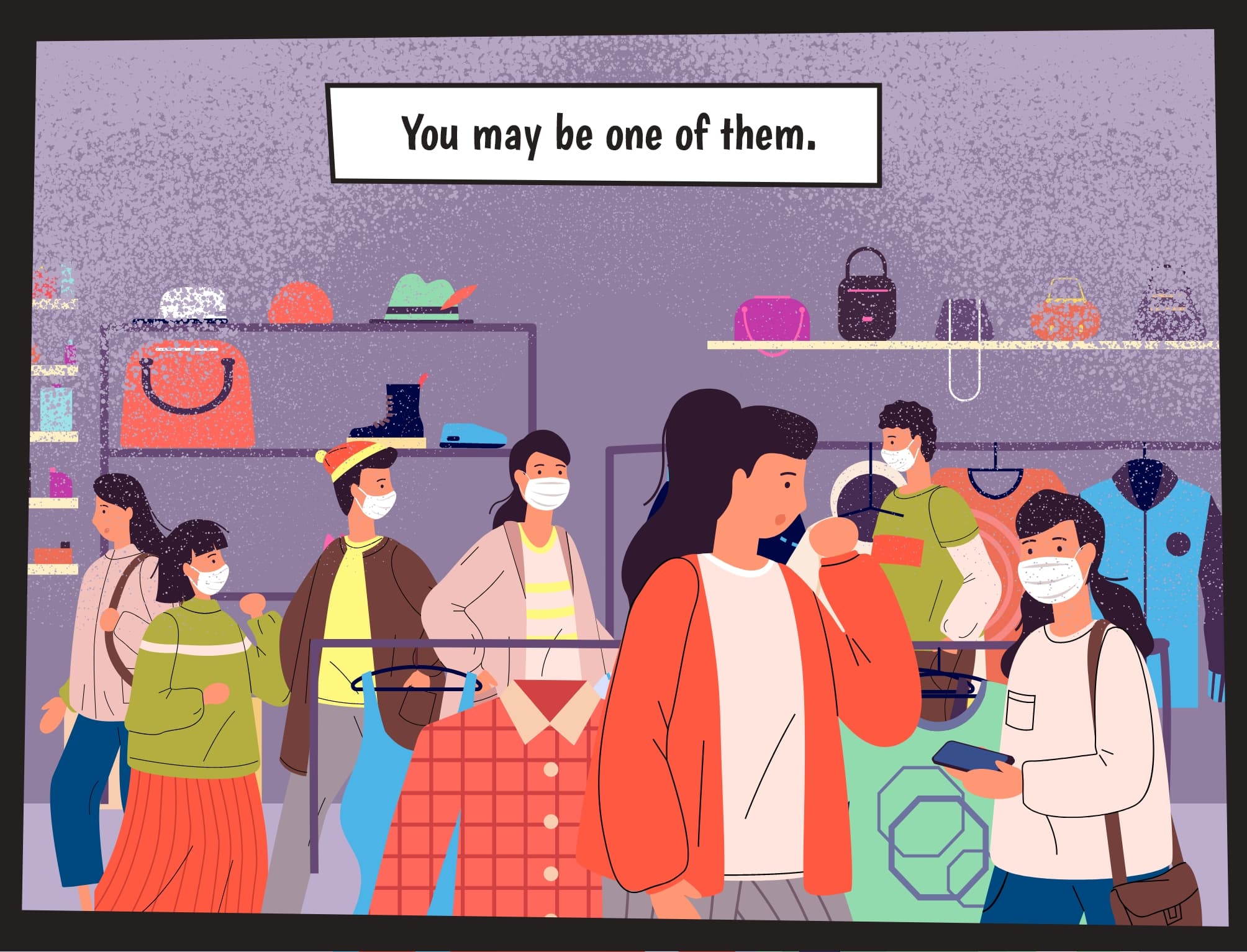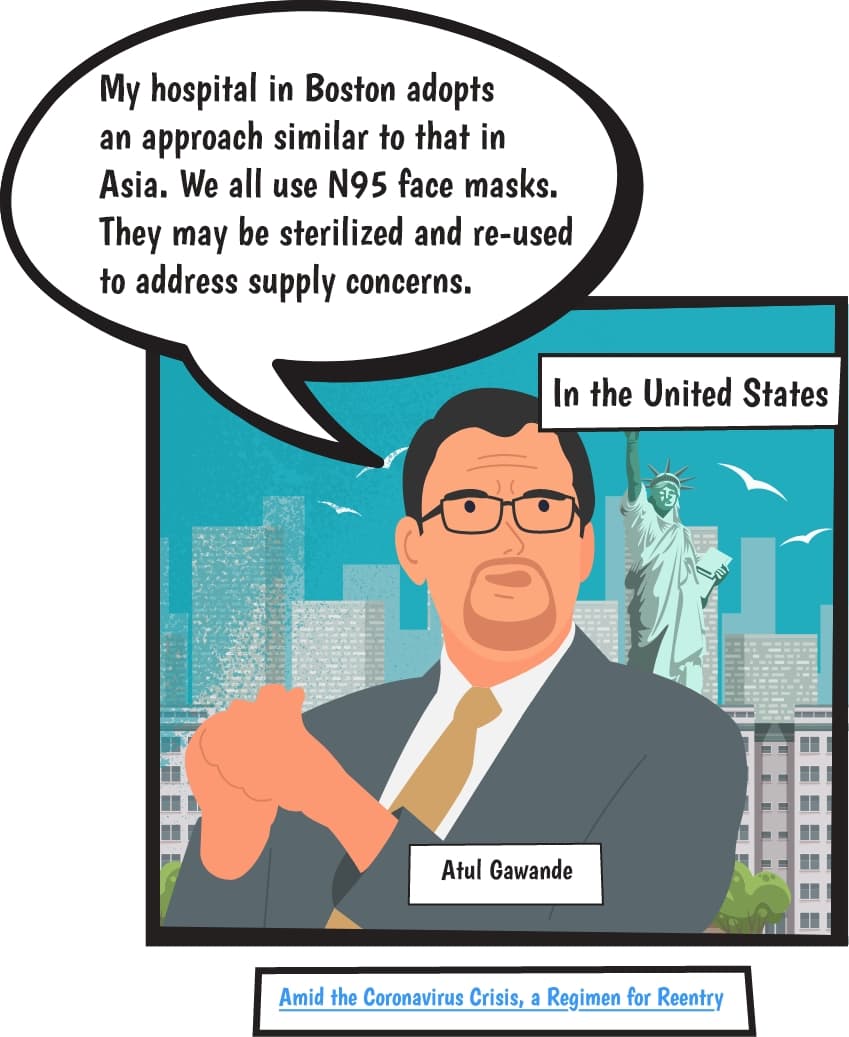









A new enemy has emerged! The coronavirus family is again unleashing terror upon humanity
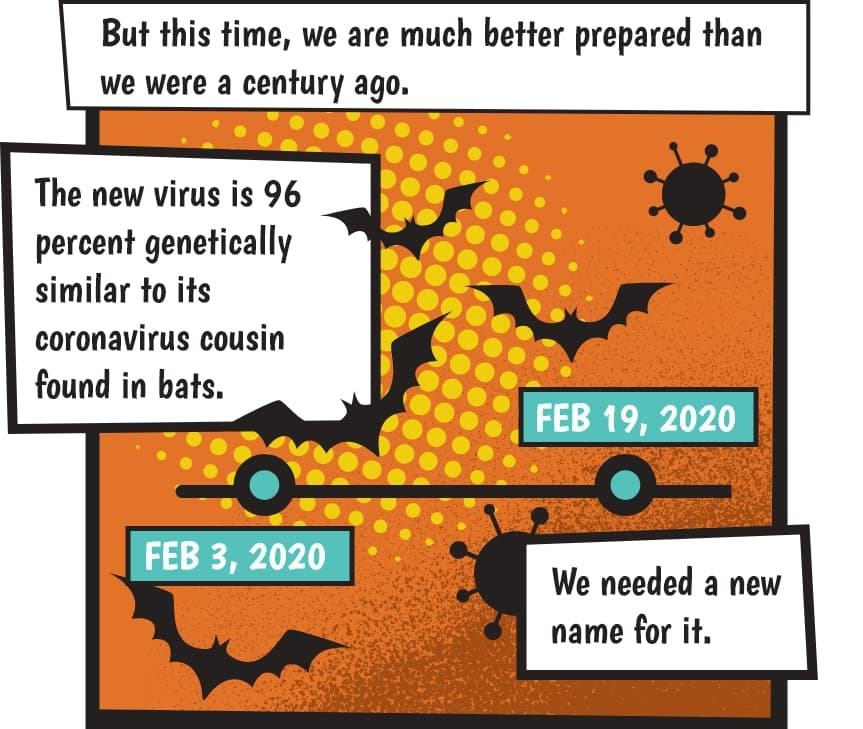
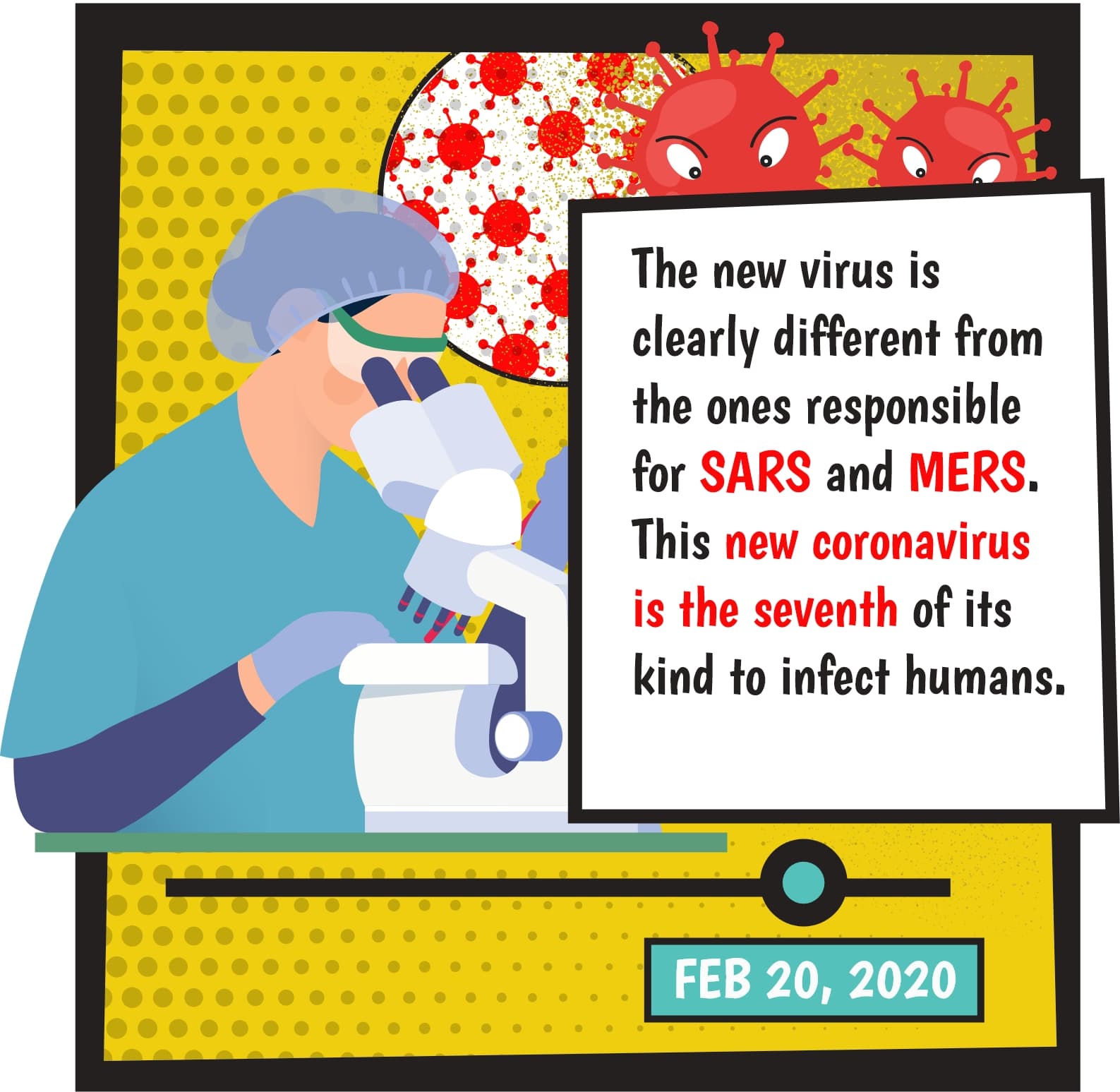
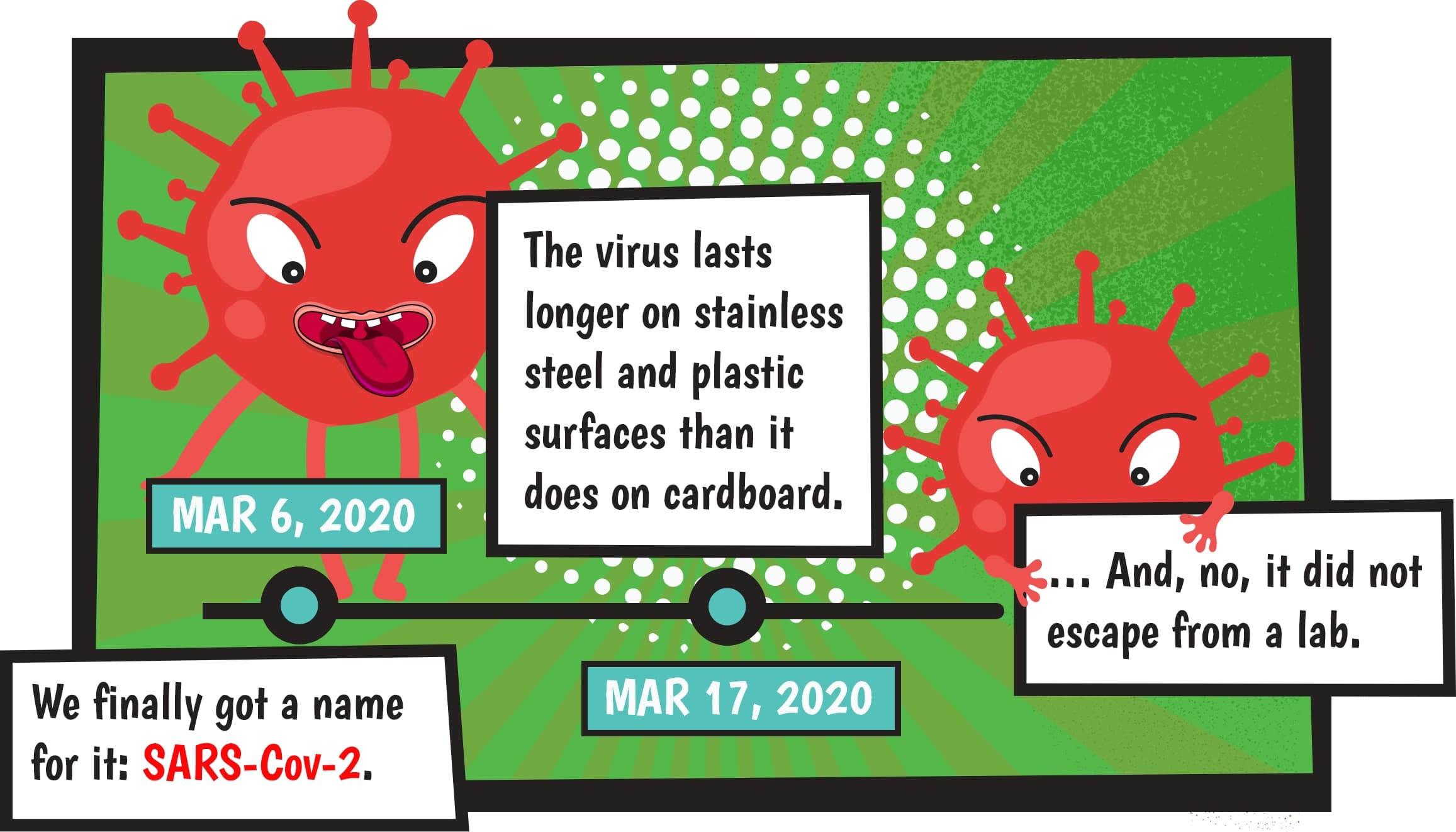
We now also have a broader access to knowledge.
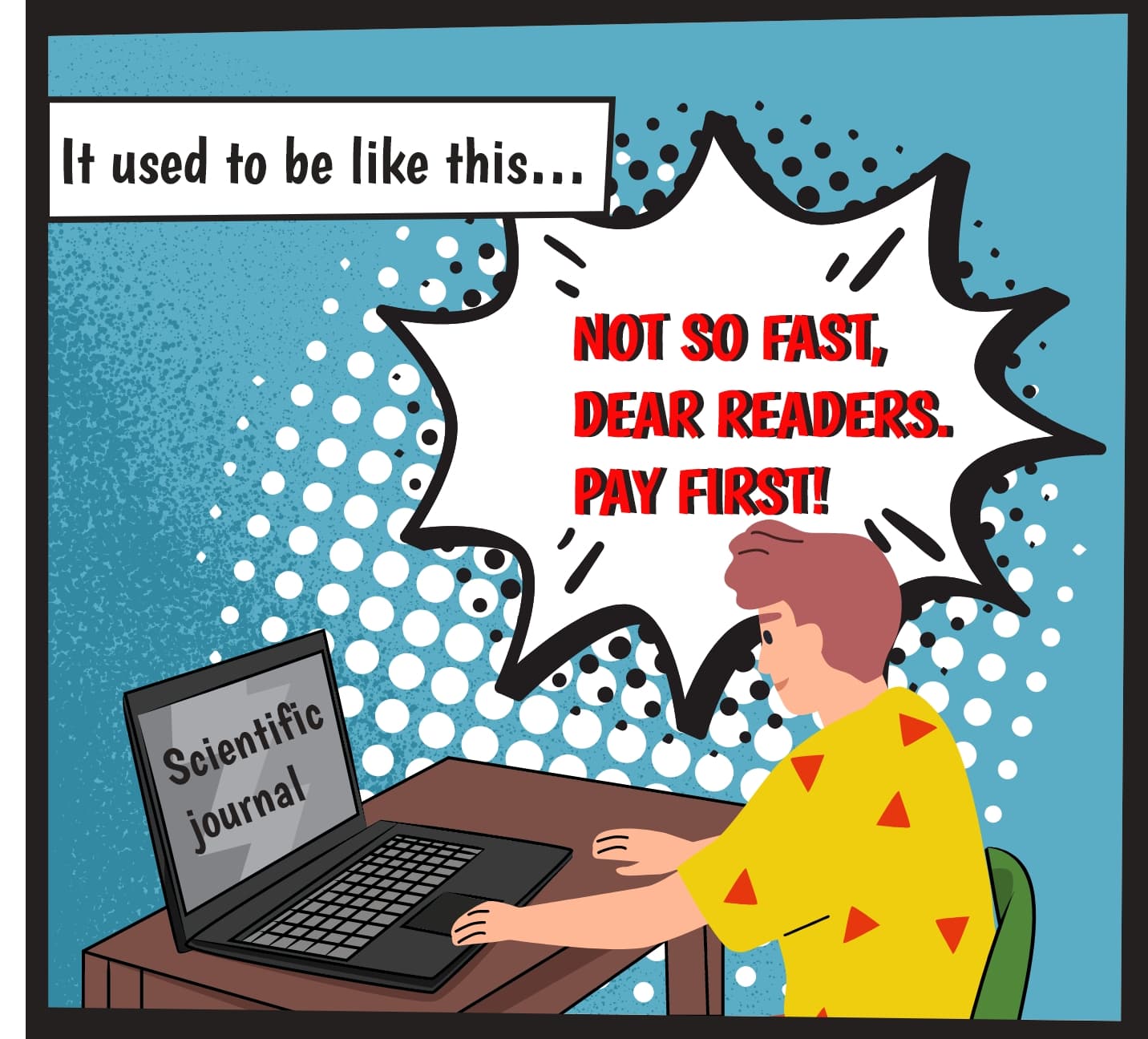

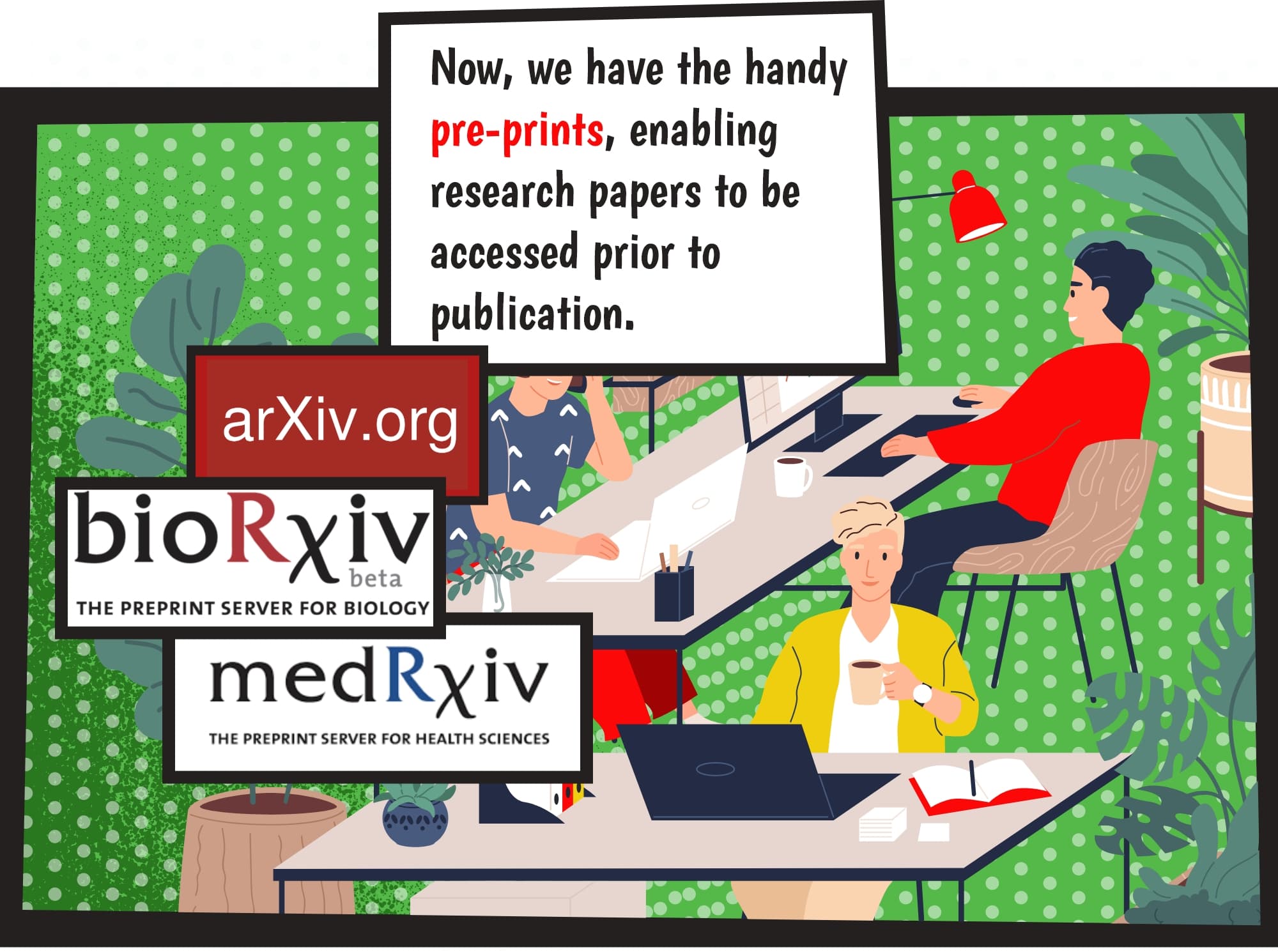
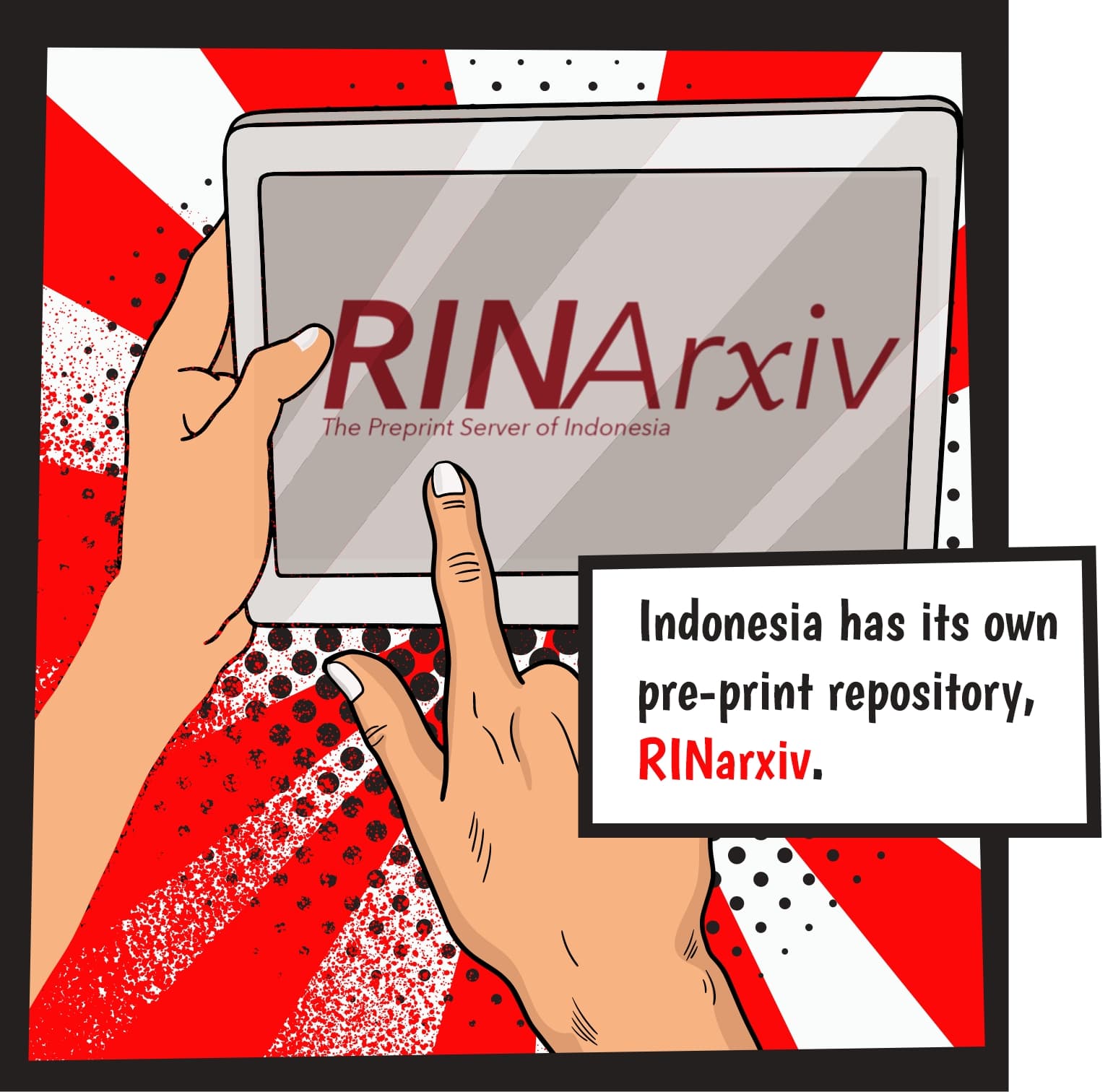
As of early June, 2020, there have been 17.000 publications about the SARS-Cov-2. Meanwhile, bioRxiv has around 4.000 publications in its pre-print repository.
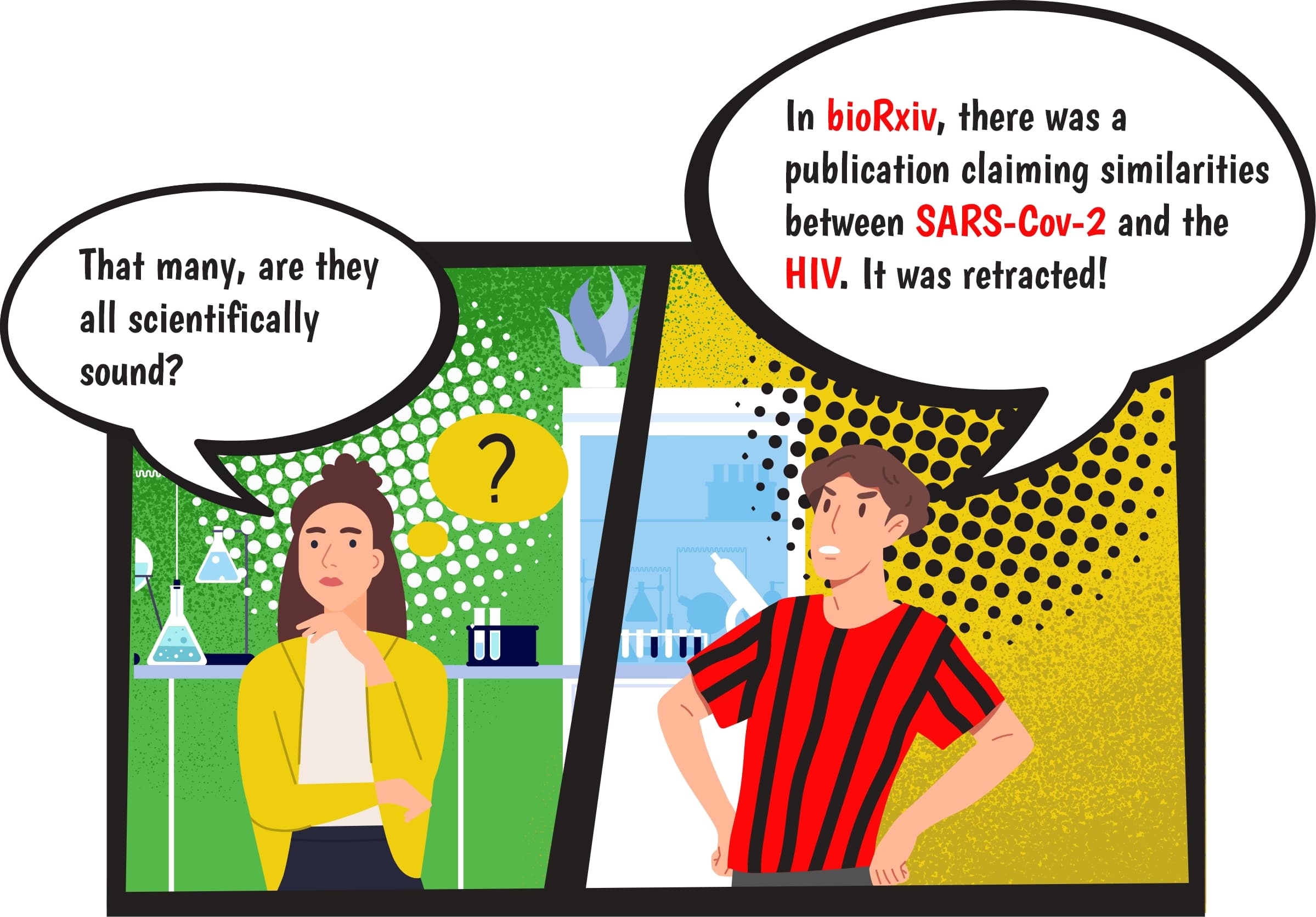
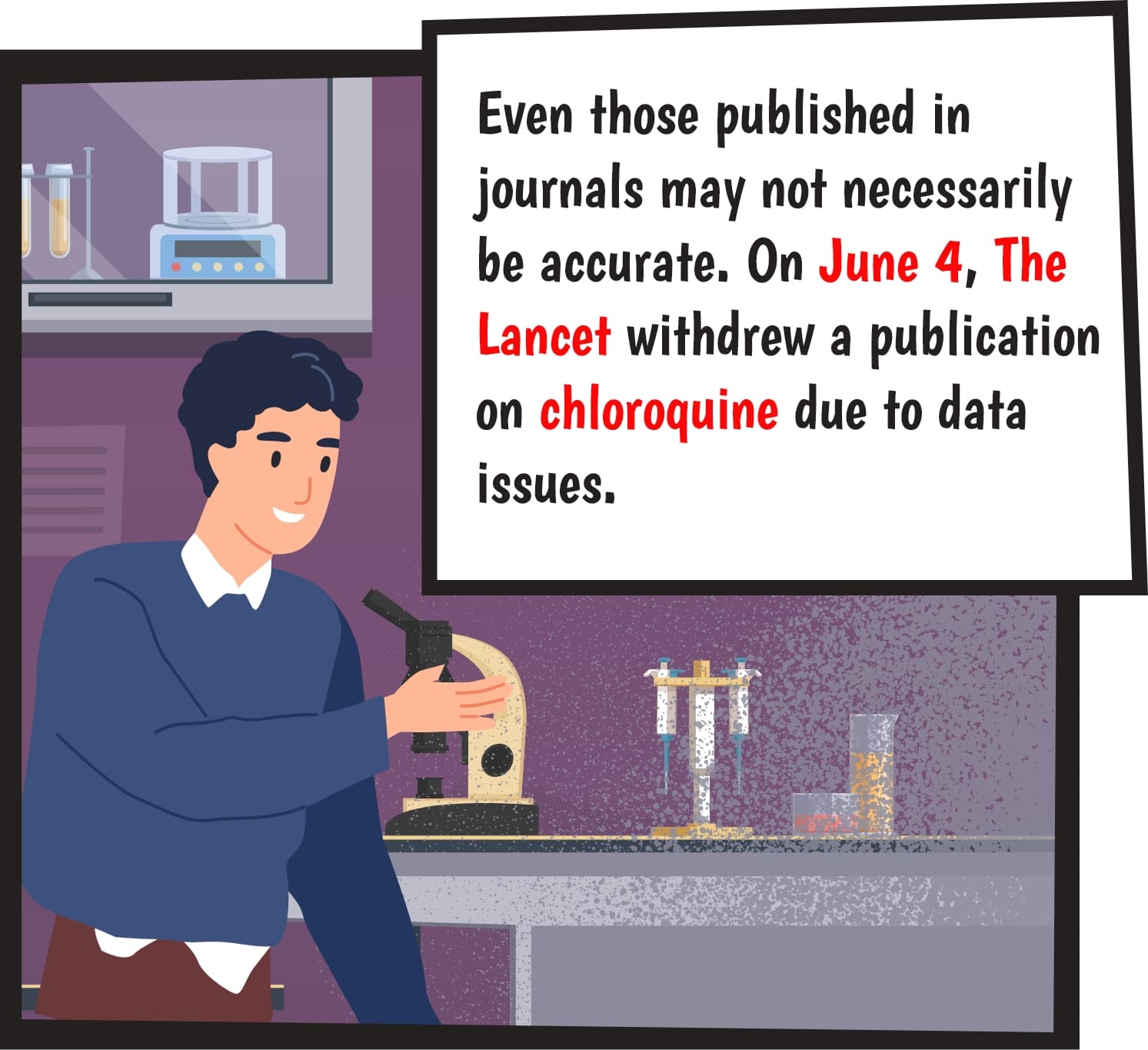
This advancement needs to be celebrated and anticipated. When science done faster, we need to be more critical than ever.
This is one of many research that needs to be criticized.
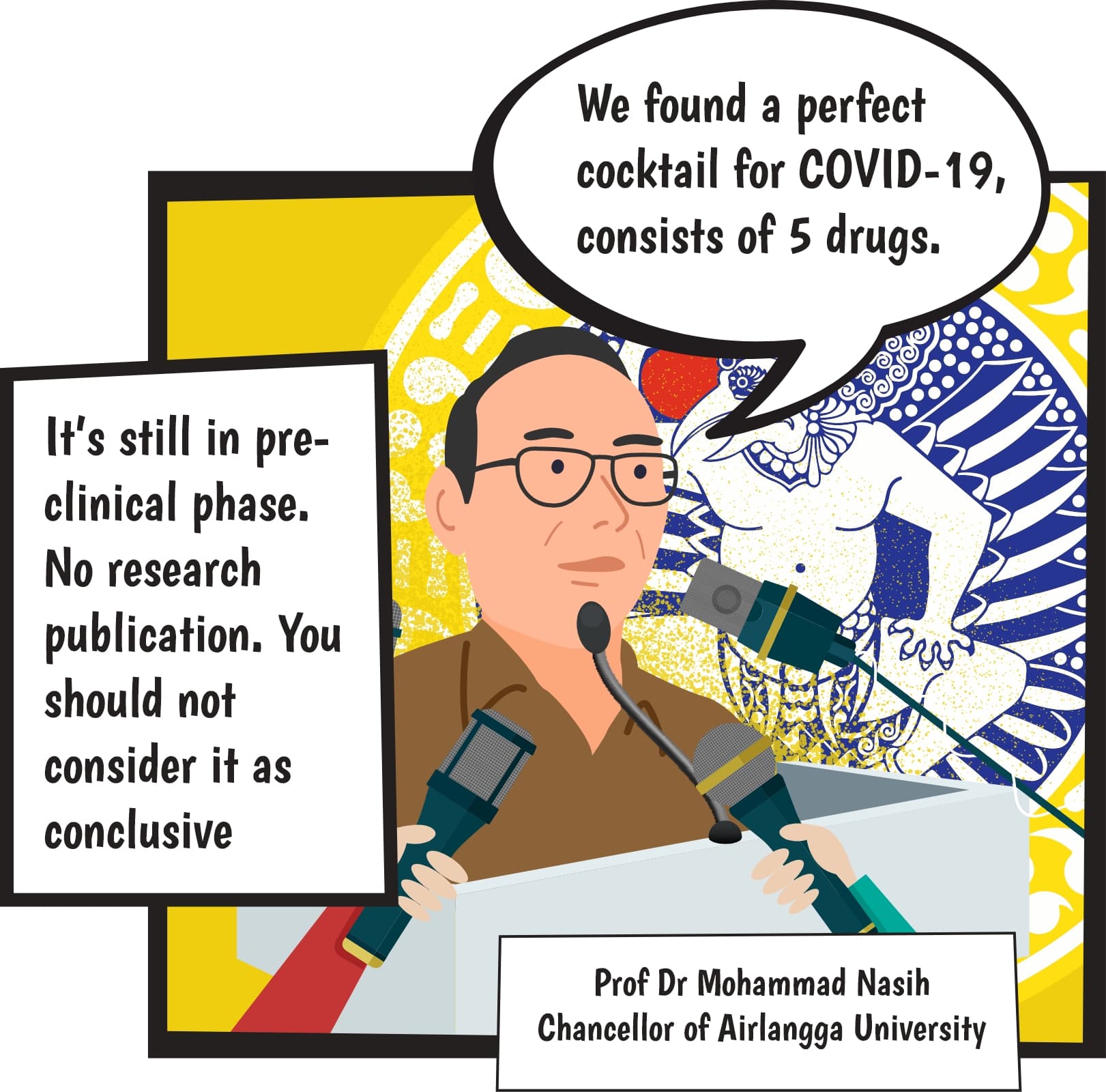
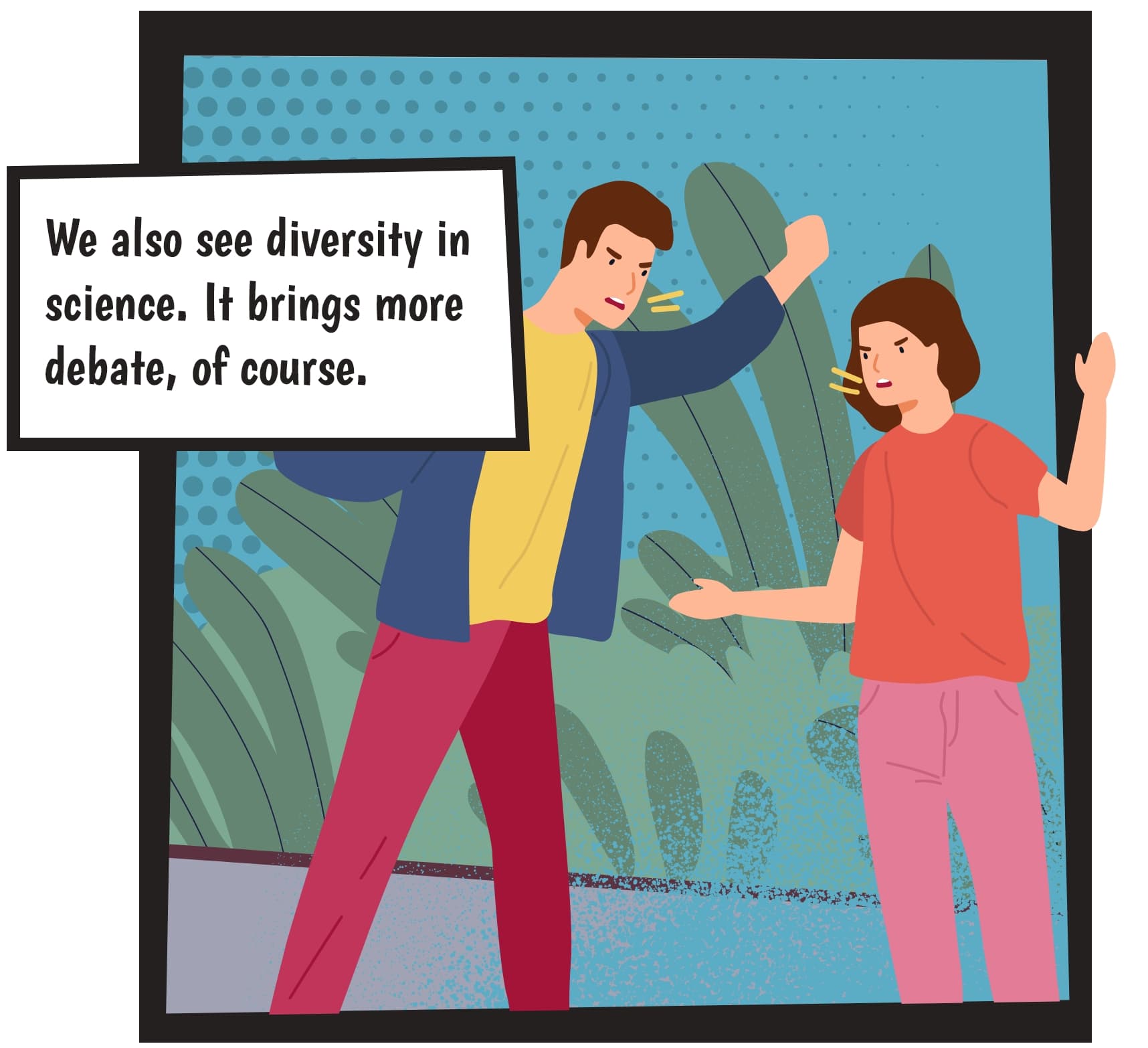
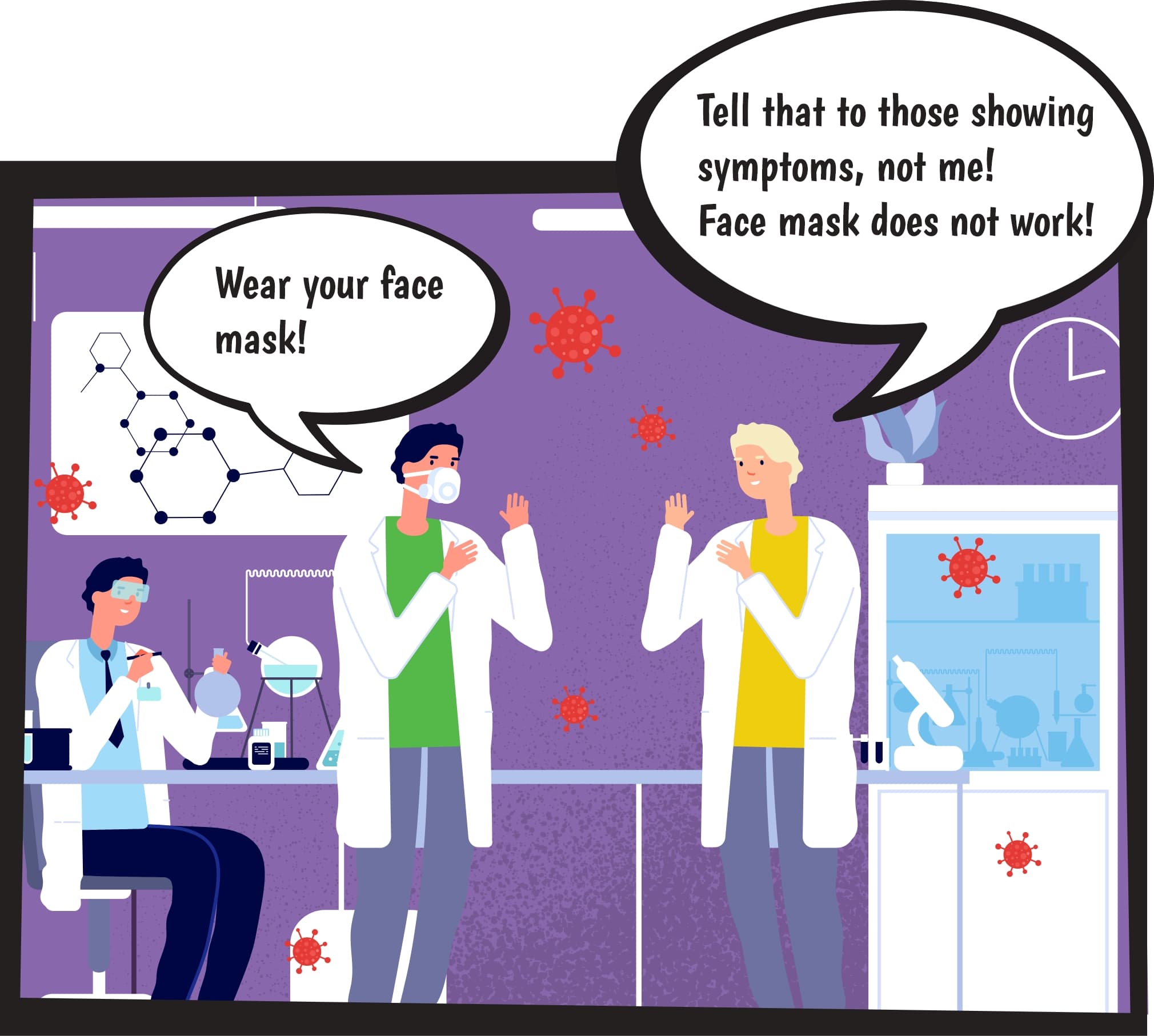
Following further studies, it was discovered that face masks could reduce the risk of transmission by 85 percent.
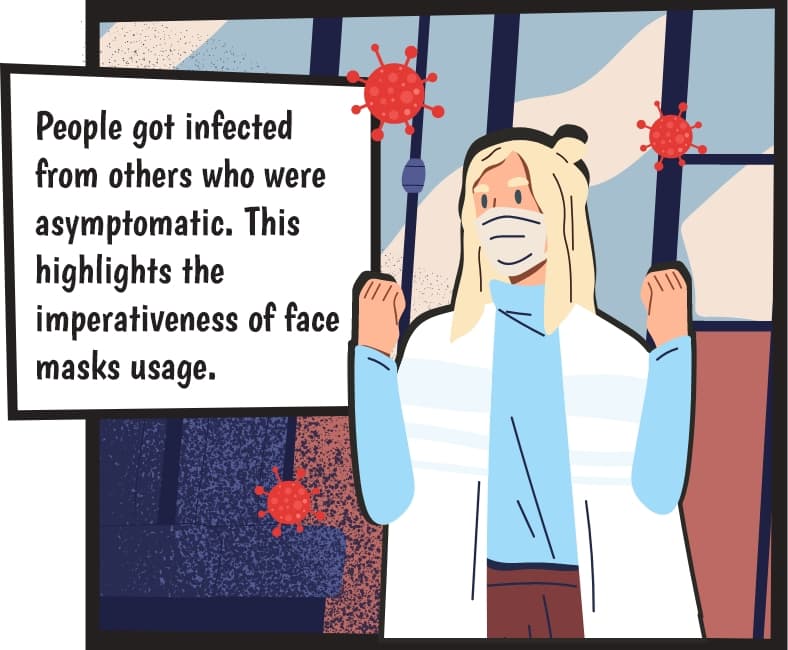
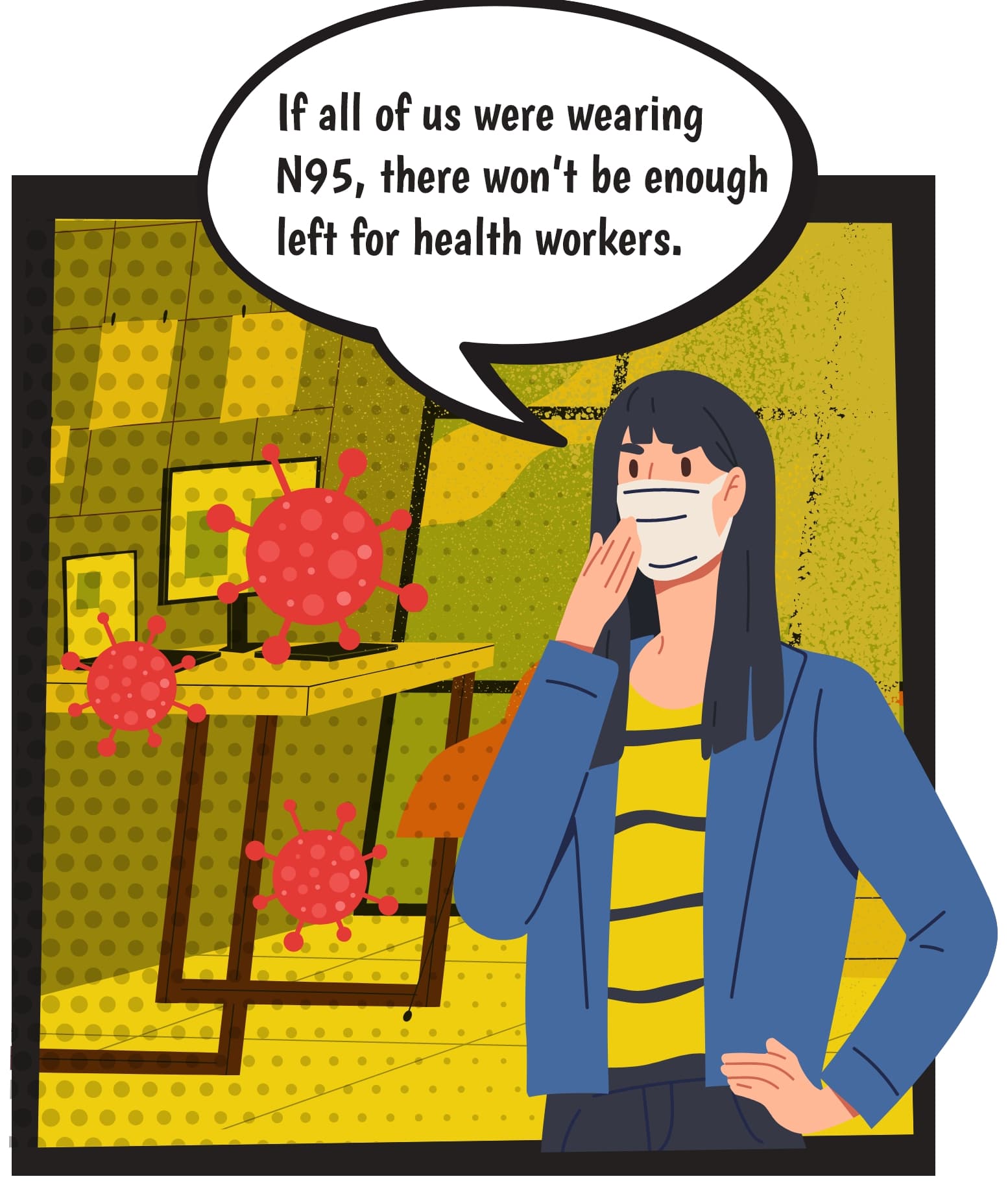
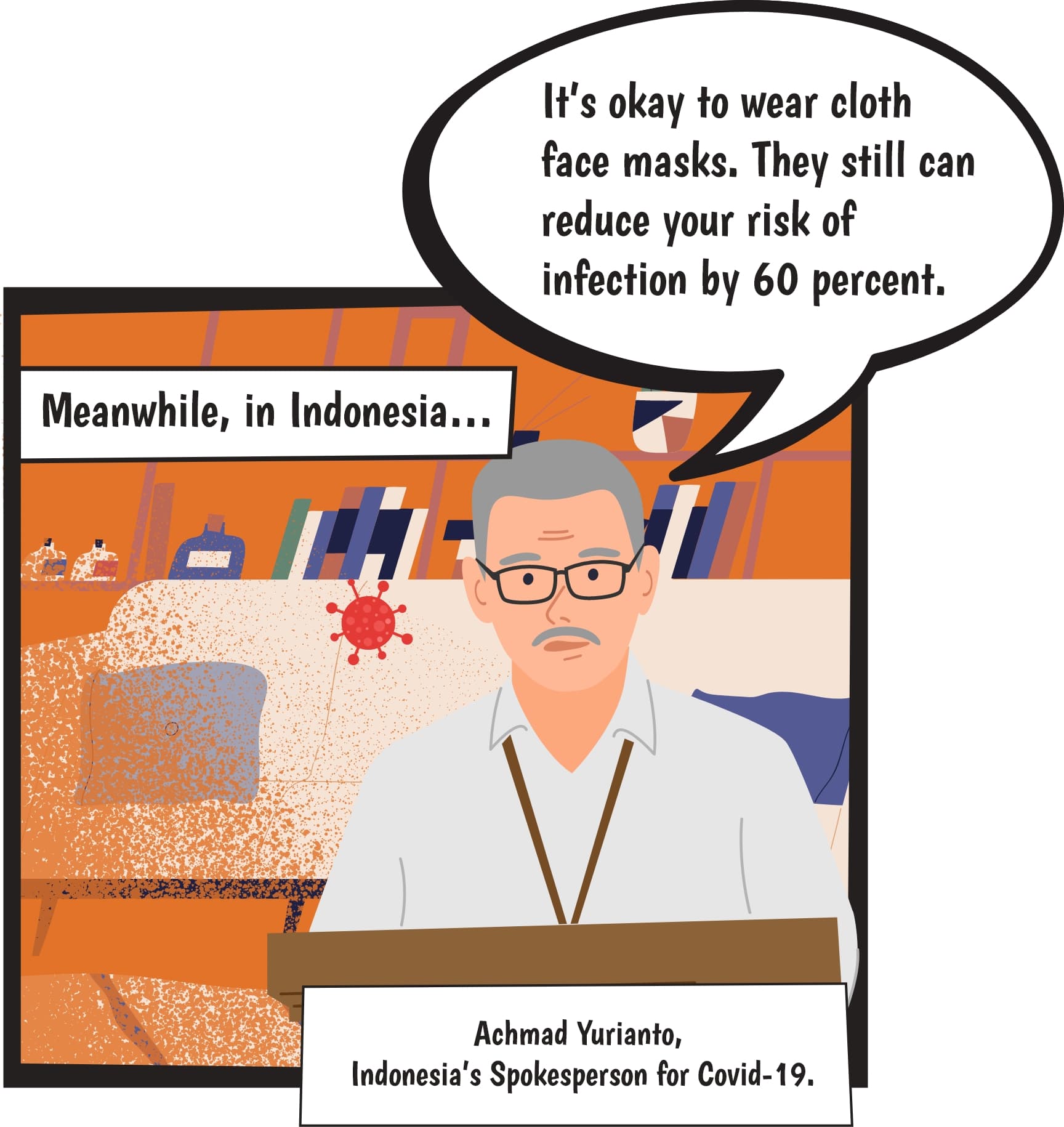
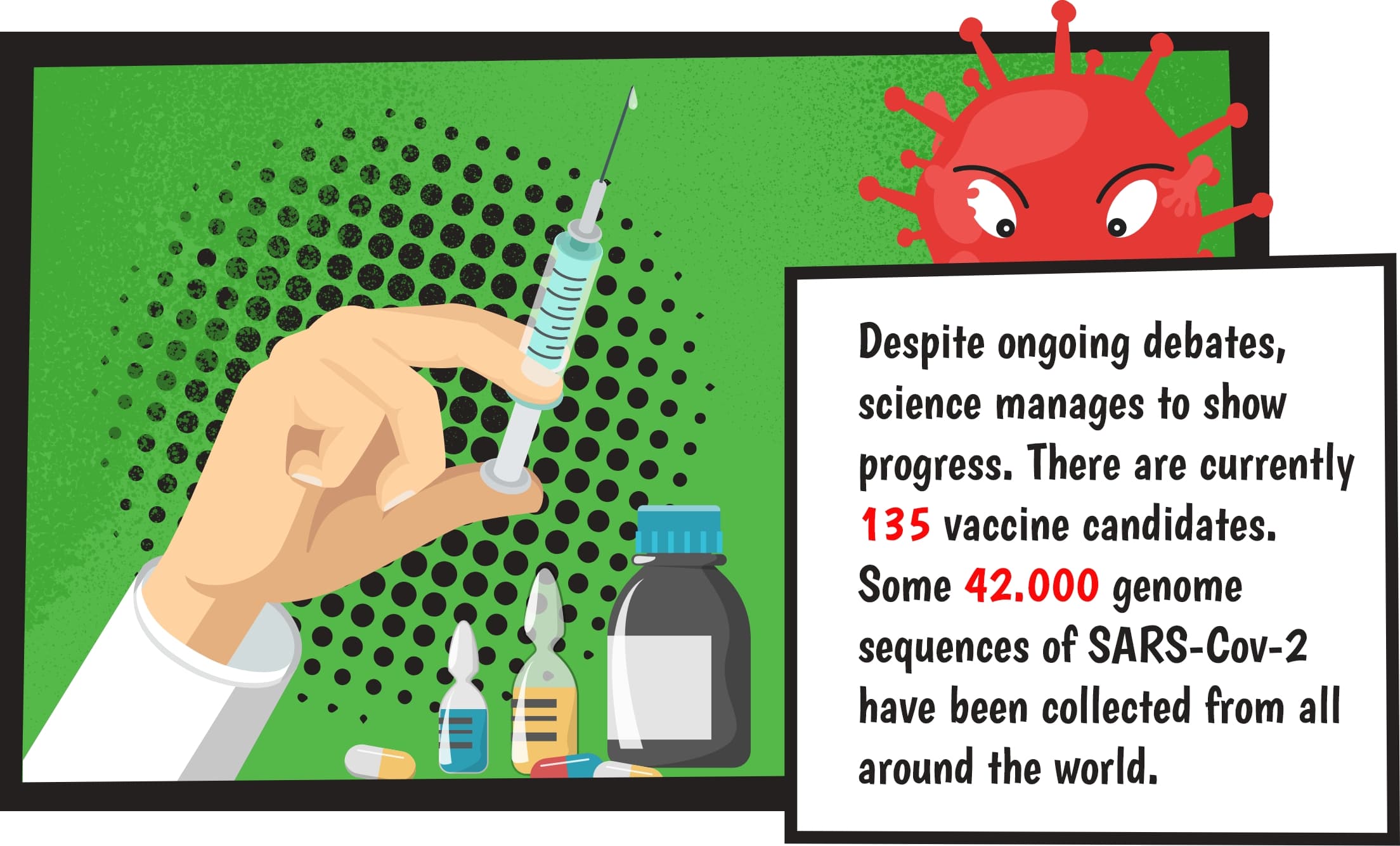
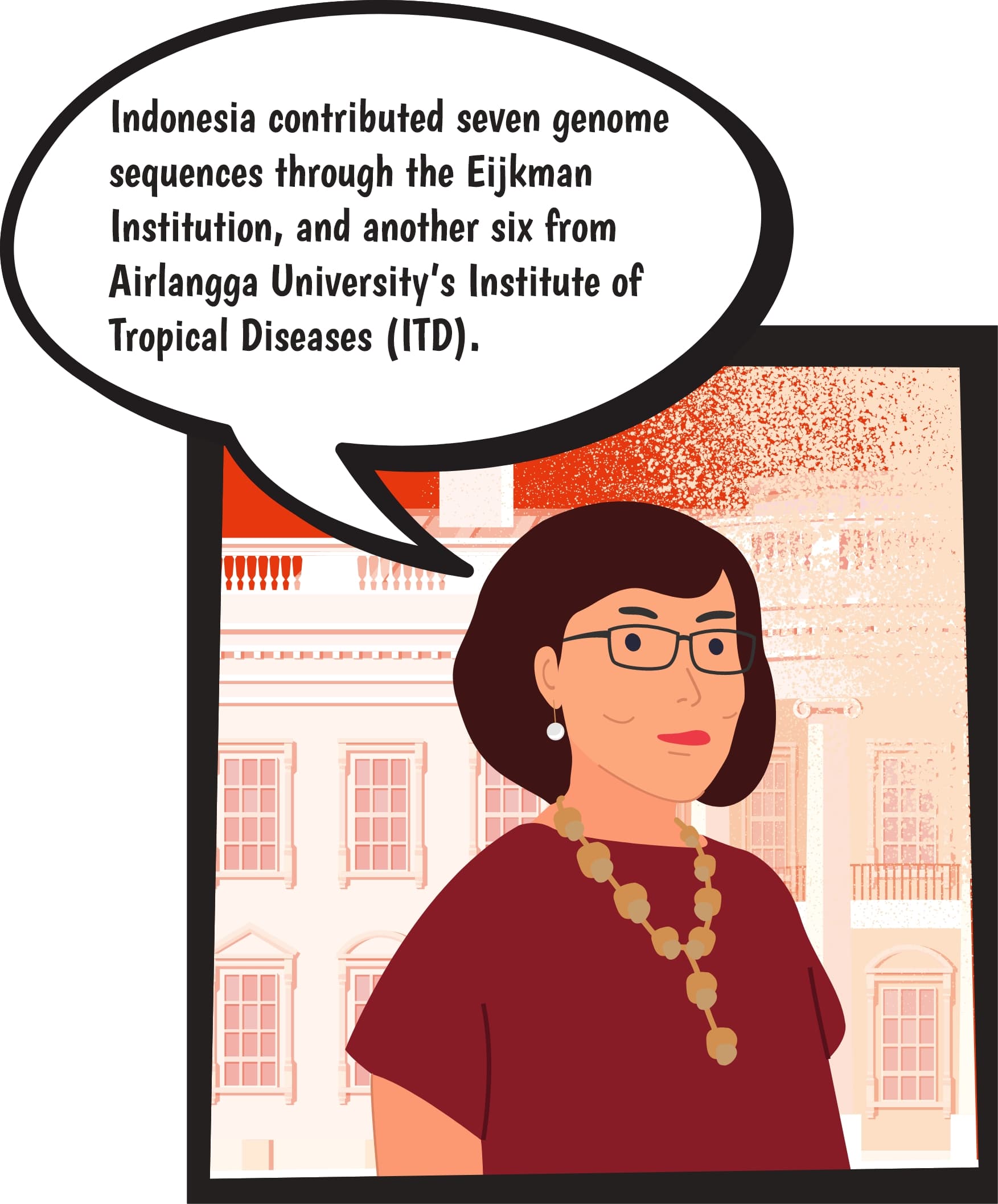
But, there are always those who dismiss science…

